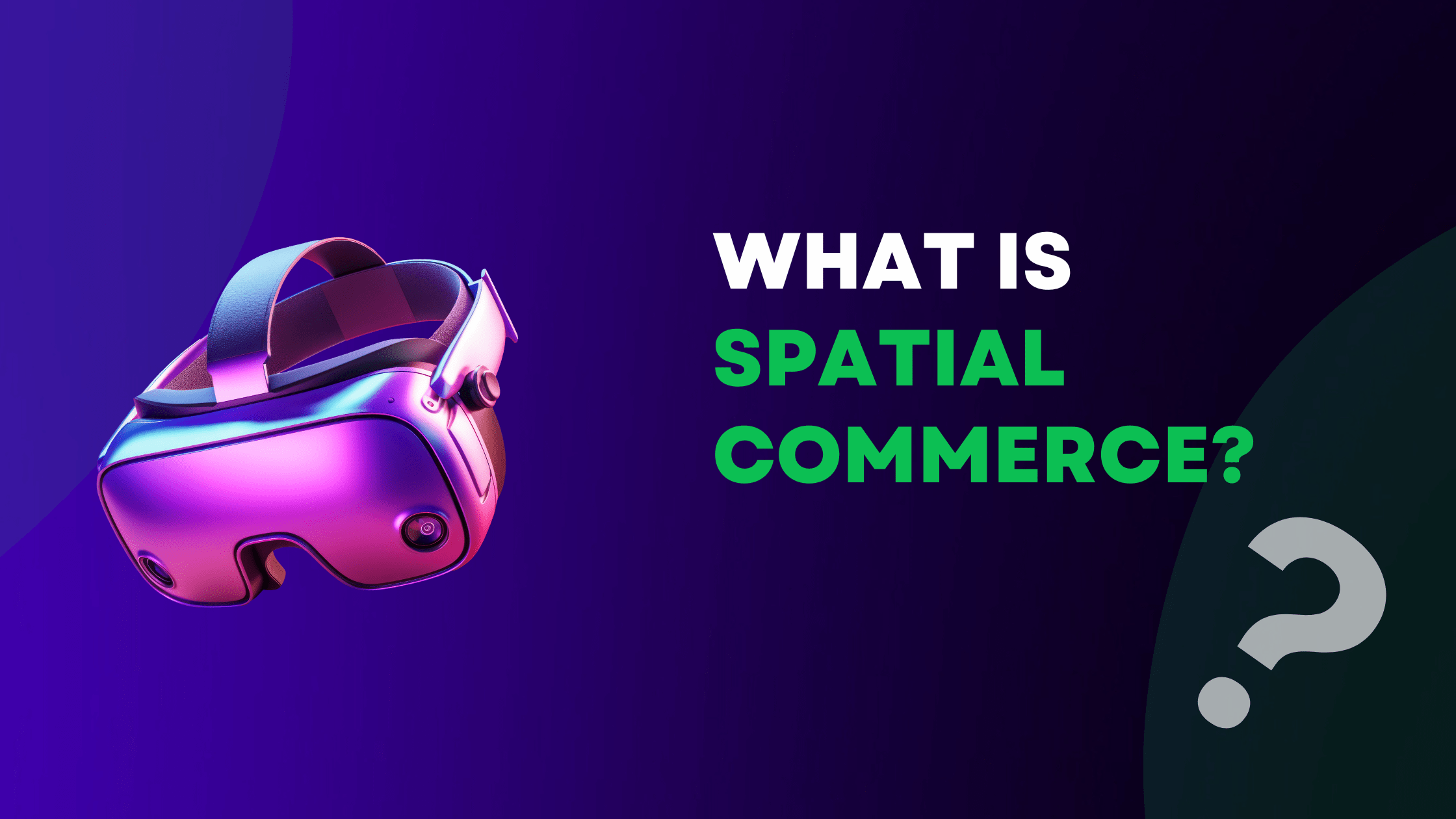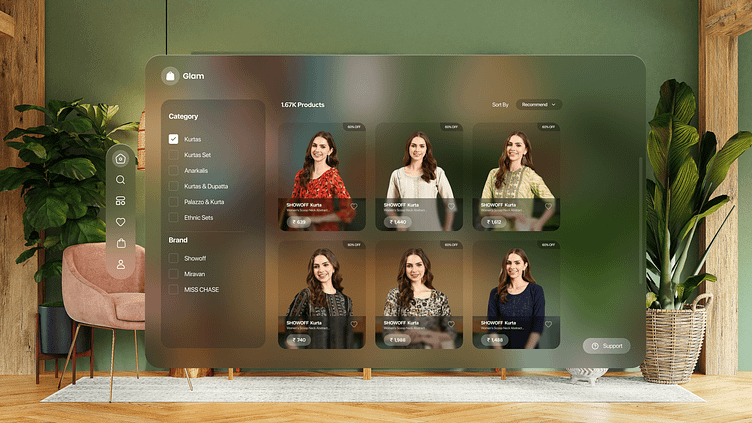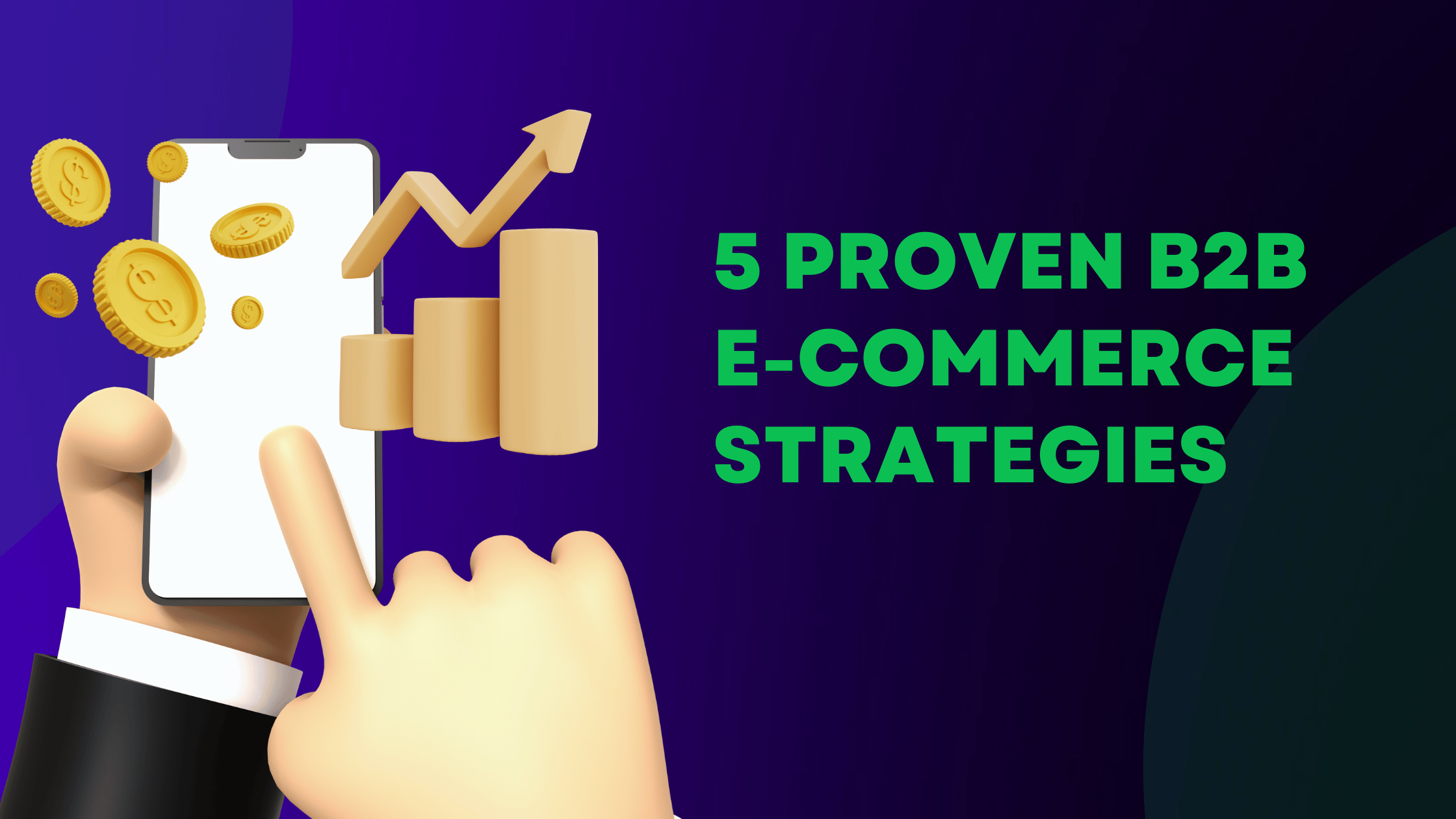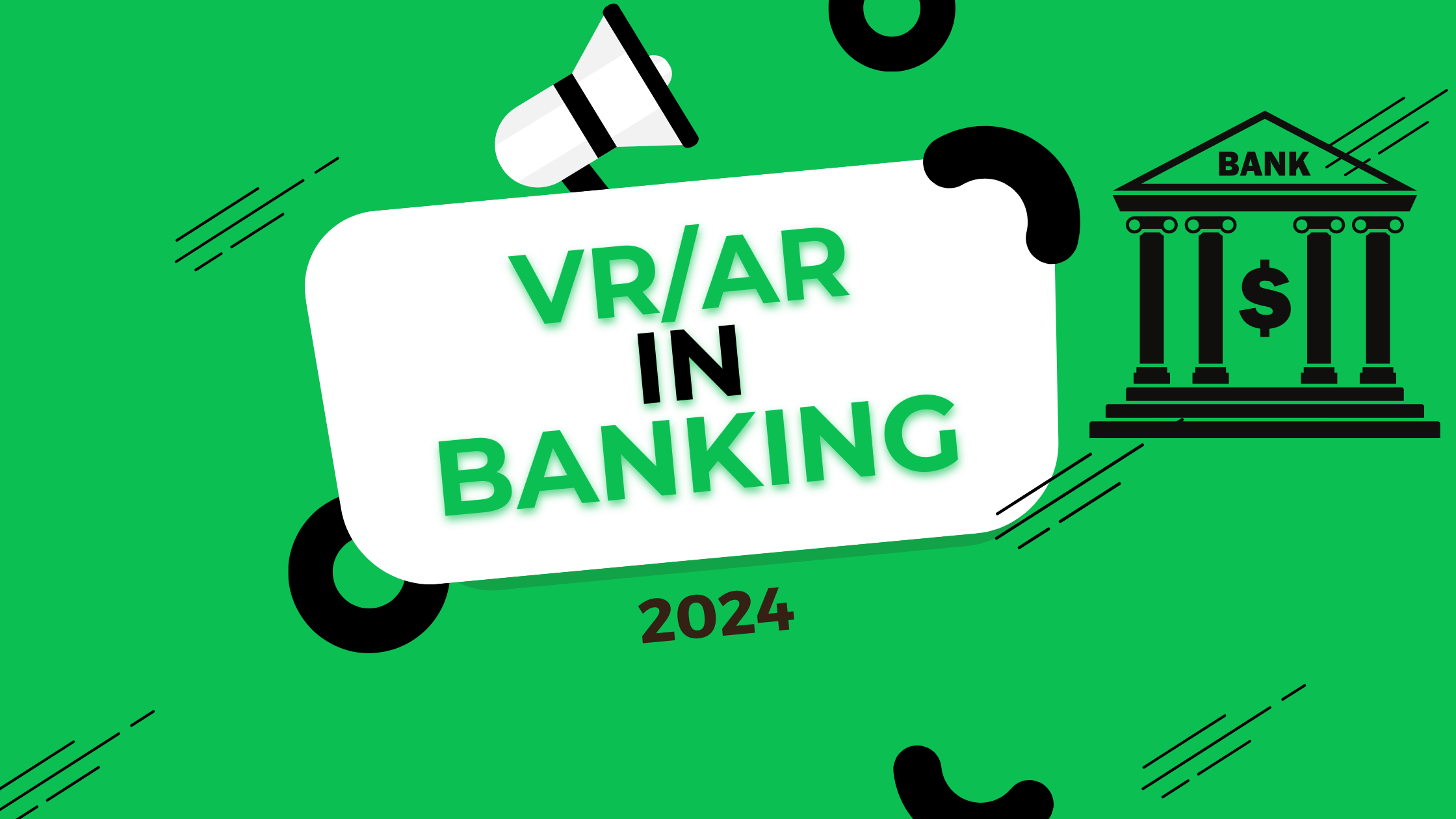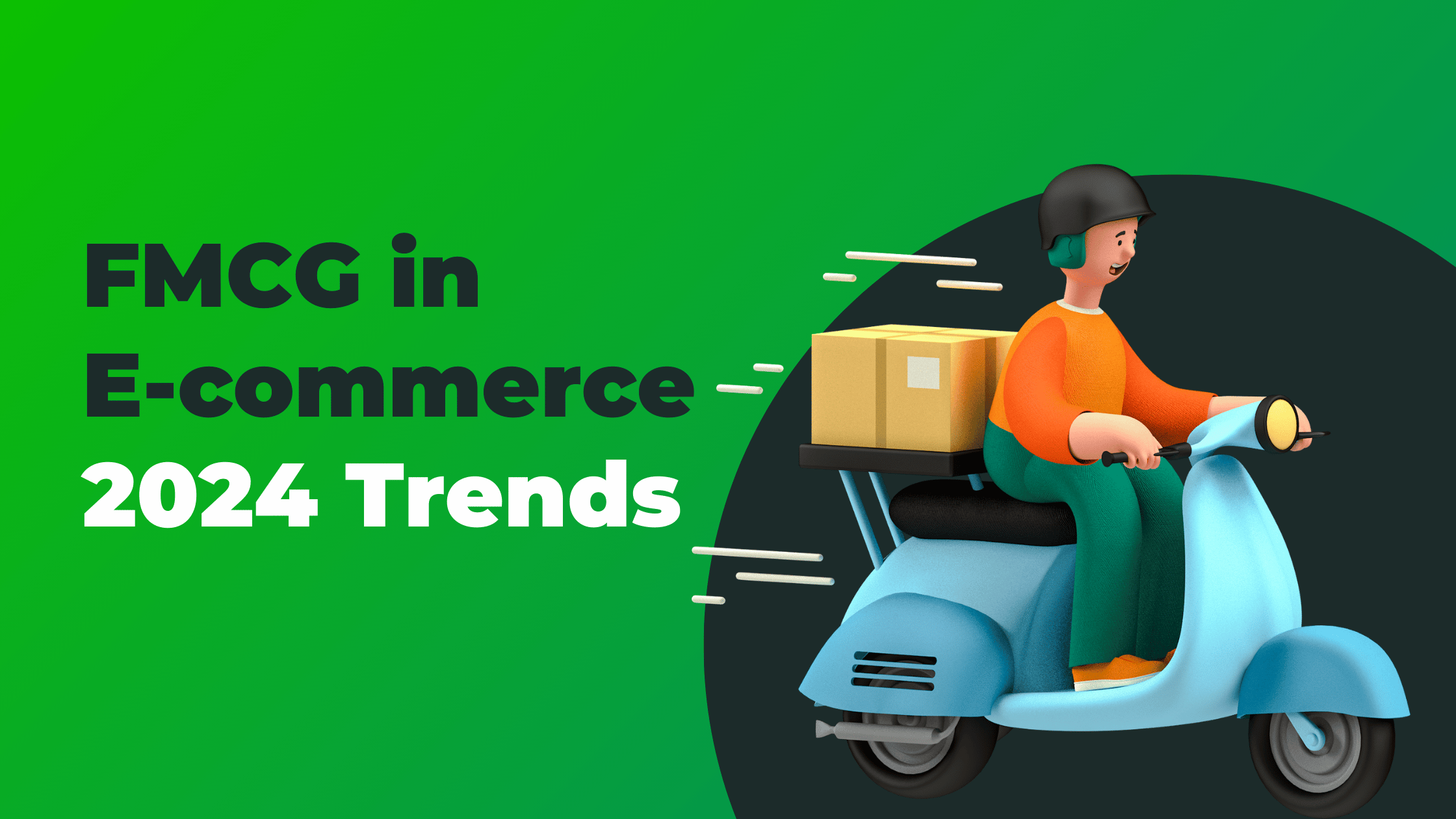Spatial Commerce: Revolutionizing the Way We Shop in E-commerce
In the ever-evolving landscape of e-commerce and retail, a new paradigm is emerging that promises to transform the shopping experience as we know it. This innovative approach, known as spatial commerce, is poised to bridge the gap between physical and digital worlds, creating immersive and interactive shopping experiences that were once the stuff of science fiction. But what exactly is spatial commerce, and how will it impact the future of retail? Let’s dive in and explore this exciting new frontier in the world of commerce.
What is Spatial Commerce?
Spatial commerce, at its core, is the integration of spatial computing technologies like augmented reality (AR) and virtual reality (VR) into the e-commerce and retail sectors. It represents a shift from traditional 2D online shopping experiences to immersive, 3D environments where customers can interact with products in a virtual space that mimics or enhances real-world shopping.
This innovative approach to retail leverages cutting-edge technologies to create a seamless blend of the physical and digital worlds, offering customers a more engaging and informative shopping experience. By incorporating spatial elements into the customer journey, businesses can provide a level of product visualization and interaction that was previously impossible in traditional online shopping platforms.
The Technologies Driving Spatial Commerce
Several key technologies are at the heart of spatial commerce:
Augmented Reality (AR)
AR overlays digital information onto the real world, typically through a smartphone camera or specialized headset. In spatial commerce, AR allows customers to visualize products in their own environment, try on virtual clothing, or see how furniture would look in their home before making a purchase.
Virtual Reality (VR)
VR creates fully immersive digital environments. In the context of spatial commerce, VR can be used to create virtual showrooms or stores where customers can browse and interact with products in a 3D space.
Spatial Computing
This umbrella term encompasses technologies that enable digital systems to interact with the physical world in three-dimensional space. Devices like Apple’s Vision Pro headset are at the forefront of bringing spatial computing to the mainstream.
3D Modeling and Visualization
Advanced 3D modeling techniques allow for the creation of highly detailed, interactive product models that customers can examine from every angle.
Look what we have prepared as Codelivery in spatial commerce field back in 2019 🙂
The Benefits of Spatial Commerce
Spatial commerce offers numerous advantages for both businesses and consumers:
- Enhanced Product Visualization: Customers can see products in context and from all angles, reducing uncertainty and potentially lowering return rates.
- Immersive Experiences: Spatial commerce creates engaging, memorable shopping experiences that can increase customer satisfaction and brand loyalty.
- Personalization: By integrating AI and machine learning, spatial commerce can offer highly personalized shopping experiences tailored to individual preferences.
- Bridging Online and Offline: Spatial commerce blurs the lines between e-commerce and physical retail, creating a more cohesive omnichannel experience.
- Increased Engagement: Interactive 3D environments can lead to longer browsing sessions and higher conversion rates.
- Data-Driven Insights: Spatial commerce platforms can collect rich data on customer behavior and preferences in virtual environments.
Use Cases for Spatial Commerce
Spatial commerce has applications across various retail sectors:
Home Furnishings
Companies like IKEA are already using AR to allow customers to virtually place furniture in their homes before purchase.
Fashion and Apparel
Virtual try-on experiences enable customers to see how clothing and accessories look on them without visiting a physical store.
Real Estate
Virtual property tours and interactive 3D models of homes can streamline the house-hunting process.
Automotive
Car manufacturers can offer virtual test drives and customization experiences, allowing customers to explore vehicles in detail from the comfort of their homes.
Beauty and Cosmetics
AR-powered virtual makeup try-on experiences are becoming increasingly popular in the beauty industry.
Challenges and Considerations
While spatial commerce offers exciting possibilities, there are challenges to consider:
- Technology Adoption: Widespread adoption of AR and VR technologies is still in progress.
- Development Costs: Creating high-quality 3D models and immersive experiences can be resource-intensive.
- User Experience: Ensuring smooth, intuitive experiences across various devices and platforms is crucial.
- Data Privacy: Collecting and using spatial data raises new privacy concerns that must be addressed.
- Integration with Existing Systems: Incorporating spatial commerce into existing e-commerce platforms and supply chains can be complex.
The Future of Spatial Commerce
As technologies like Apple’s Vision Pro and other mixed-reality headsets become more mainstream, we can expect spatial commerce to play an increasingly significant role in the retail sector. The line between online and offline shopping will continue to blur, creating new opportunities for businesses to engage with customers in innovative ways.
Spatial commerce is likely to evolve alongside other emerging technologies:
- Generative AI could be used to create personalized virtual shopping environments.
- The Internet of Things (IoT) could integrate with spatial commerce to offer even more contextual and personalized experiences.
- Blockchain technology might be leveraged to ensure the authenticity of virtual goods in spatial commerce platforms.
Implementing Spatial Commerce: Getting Started
For businesses looking to explore spatial commerce, here are some steps to consider:
- Start Small: Begin with simple AR experiences, such as product visualization using smartphone apps.
- Invest in 3D Modeling: Create high-quality 3D models of your products for use in AR and VR experiences.
- Explore Partnerships: Consider partnering with technology providers or platforms specializing in spatial commerce solutions.
- Train Your Team: Ensure your staff is equipped to support and explain spatial commerce features to customers.
- Gather Feedback: Continuously collect and analyze customer feedback to refine your spatial commerce offerings.
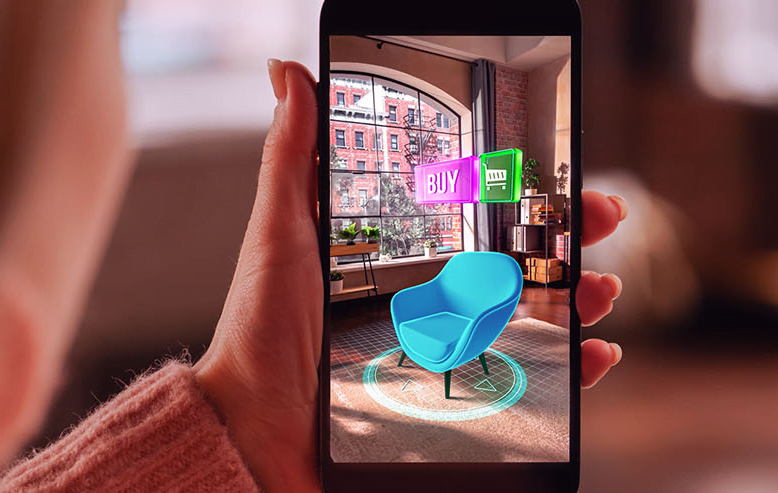
Conclusion
Spatial commerce represents a significant leap forward in the evolution of retail and e-commerce. By creating immersive, interactive shopping experiences that blend the physical and digital worlds, businesses can offer unprecedented levels of engagement and customer satisfaction. As technologies continue to advance and consumer expectations evolve, spatial commerce is poised to become an integral part of the retail landscape.
Whether you’re a small business owner or part of a large retail corporation, now is the time to start exploring the possibilities of spatial commerce. By embracing these innovative technologies and approaches, you can position your business at the forefront of the next revolution in shopping experiences.
The future of commerce is spatial, and it’s already beginning to take shape around us. Are you ready to step into this new dimension of retail?
